
Ingredient
Head cabbages
The Mighty Cabbage: A Versatile Vegetable
Head cabbages have a firm and dense texture, with crisp leaves that range in color from pale green to dark green. They have a mild and slightly sweet flavor, which becomes more pronounced when cooked. The outer leaves are often removed before use, revealing the tender inner leaves.
Origins and history
Head cabbages have been cultivated for thousands of years and have a rich history in many cultures. They are believed to have originated in Europe and were highly valued by ancient civilizations for their medicinal properties. Today, they are grown worldwide and are a staple ingredient in dishes such as coleslaw, sauerkraut, and stir-fries.
Nutritional information
Head cabbages are low in calories and high in fiber, making them a nutritious addition to any diet. They are also a good source of vitamins C and K, as well as antioxidants that promote overall health.
Allergens
Individuals with a known allergy to cruciferous vegetables, such as broccoli or cauliflower, may also be allergic to head cabbages.
How to select
Choose head cabbages that are firm and heavy for their size, with crisp and vibrant leaves. Avoid cabbages with wilted or discolored leaves, as they indicate poor quality or age. The outer leaves should be tightly packed and free from any signs of damage or pests.
Storage recommendations
To store head cabbages, remove any loose or damaged leaves and keep them in the refrigerator. Place the cabbage in a plastic bag or wrap it in a damp cloth to maintain its moisture. Whole cabbages can be stored for several weeks, while cut cabbages should be used within a few days.
How to produce
Head cabbages can be easily grown in home gardens or containers. They require well-drained soil, regular watering, and full sun exposure. Start by planting seeds or seedlings in early spring or late summer, and harvest when the heads are firm and fully developed.
Preparation tips
Head cabbages can be prepared in various ways, including raw, steamed, sautéed, or pickled. They can be used as a base for salads, added to soups and stews, or used as a filling for wraps and rolls. When cooking, be mindful of the cooking time to retain their crispness and nutritional value.
Culinary uses
Head cabbages are widely used in dishes such as coleslaw, sauerkraut, kimchi, and stir-fries. They are also a popular choice for stuffed cabbage rolls and can be fermented to make homemade pickles.
Availability
Head cabbages are cultivated and available in many regions around the world, including Europe, North America, Asia, and Australia.
More ingredients from this category
Recipes using Head cabbages » Browse all
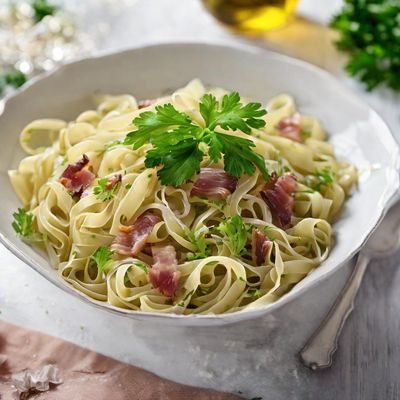
Krpice sa zeljem (Croatian Pasta with Cabbage) Adapted to French Cuisine
Pâtes au Chou: A French Twist on Croatian Comfort Food

Italian-American Tinaransay
Savory Italian-American Stuffed Cabbage Rolls
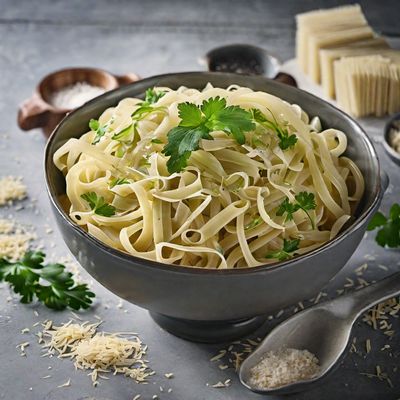
Krpice sa zeljem (Dutch Style)
Dutch-Inspired Cabbage Pasta

Bosnian-style Stuffed Cabbage Rolls
Sarma: A Bosnian Delight of Stuffed Cabbage Rolls
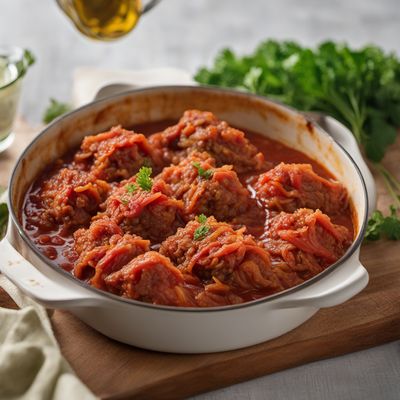
Mavželj - Slovenian Stuffed Cabbage Rolls
Hearty Cabbage Delight: Slovenian Stuffed Mavželj Rolls

Krpice sa zeljem (Vegetarian Version)
Savory Veggie Pasta with Cabbage

Filipino-Inspired Stuffed Cabbage Rolls
Sarap ng Lutong Bahay: Filipino-Inspired Stuffed Cabbage Rolls
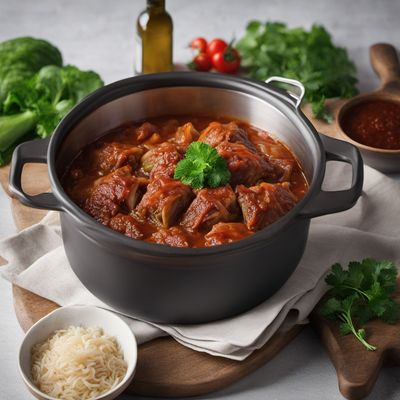
German-style Stuffed Cabbage Rolls
Savory Krautwickel: German-inspired Stuffed Cabbage Rolls

Savory Serbian Cabbage Stew
Hearty Balkan Delight: Savory Serbian Cabbage Stew
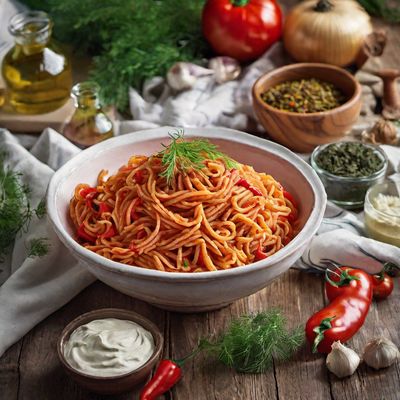
Krpice sa zeljem (Russian Style)
Savory Russian Cabbage Pasta

Krpice sa zeljem (New Nordic Style)
Nordic-Inspired Cabbage Pasta

Croatian Cabbage Rolls with Meat
Savory Stuffed Cabbage Delight

